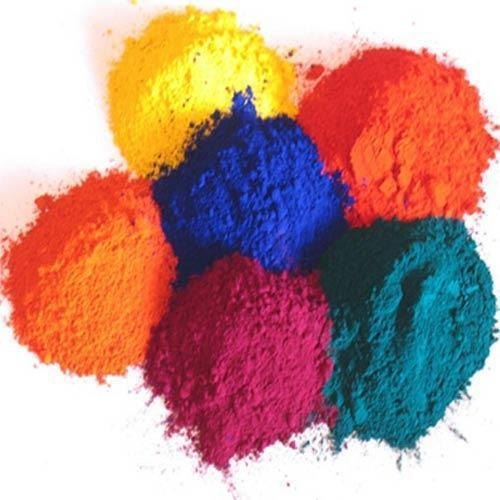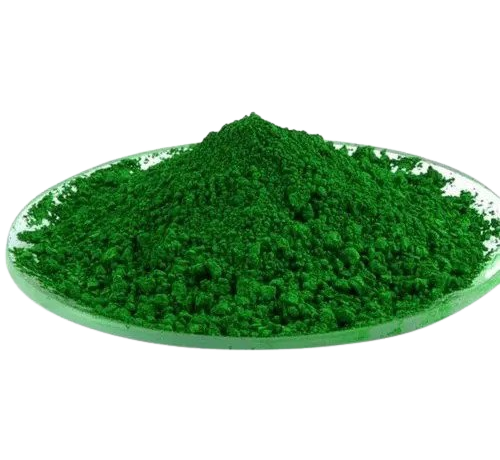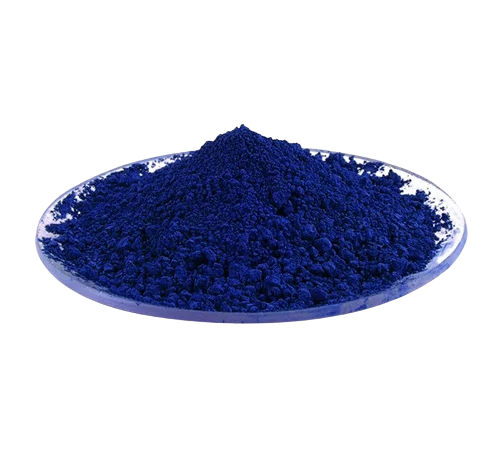The Vibrant World of Pigment Colors: Unveiling the Artistic Spectrum
Color has an undeniable impact on our lives, evoking emotions, setting moods, and inspiring creativity. At the heart of the visual feast lies the fascinating realm of pigment colors. From ancient times to modern artistry, pigments have captivated artists, scientists, and enthusiasts alike. Join us as we delve into the captivating world of pigment colors, exploring their origins, properties, and their enduring influence on the art world.
The Origins of Pigment Colors
The quest for color dates back to prehistoric times when early humans sought to decorate their caves and express themselves creatively. Initially, pigments were derived from nature, with artists employing minerals, plants, and even insects to create their desired hues. From ochre to charcoal, these primitive pigments laid the foundation for the rich palette we enjoy today.
The Science Behind Pigment Colors
Pigments owe their vibrant shades to the science of light and the interaction between materials and our eyes. By selectively absorbing and reflecting different wavelengths of light, pigments create an optical illusion that manifests as color. From the vibrant blues of lapis lazuli to the warm ochres and earth tones, understanding the chemical composition of pigments has been crucial for artists and scientists alike.
Historical Significance and Cultural Symbolism
Throughout history, pigment colors have held immense cultural and symbolic value. From ancient Egypt’s use of precious blues and greens to Renaissance Italy’s mastery of vibrant reds, pigments have not only adorned artwork but also conveyed meaning. Each civilization developed a unique connection to specific pigments, which became deeply ingrained in their cultural fabric.
Pigment Colors in Art Movements
Art movements have greatly influenced the usage and popularity of certain pigments throughout history. From the vivid Impressionist palette to the monochromatic minimalism of the 20th century, pigments played an integral role in shaping artistic expression. Artists like Vincent van Gogh, Pablo Picasso, and Yves Klein each left an indelible mark with their unique explorations and bold use of pigments.
Modern Advances in Pigment Technology
Advancements in science and technology have revolutionized the world of pigments. Synthetic pigments, developed in the 19th and 20th centuries, expanded the artist’s palette and introduced new possibilities. From the introduction of vibrant cadmium colors to the versatile acrylic and watercolor pigments available today, artists have an ever-growing range of options at their disposal.
See Our Products: Pigment Colors, Masterbatches



